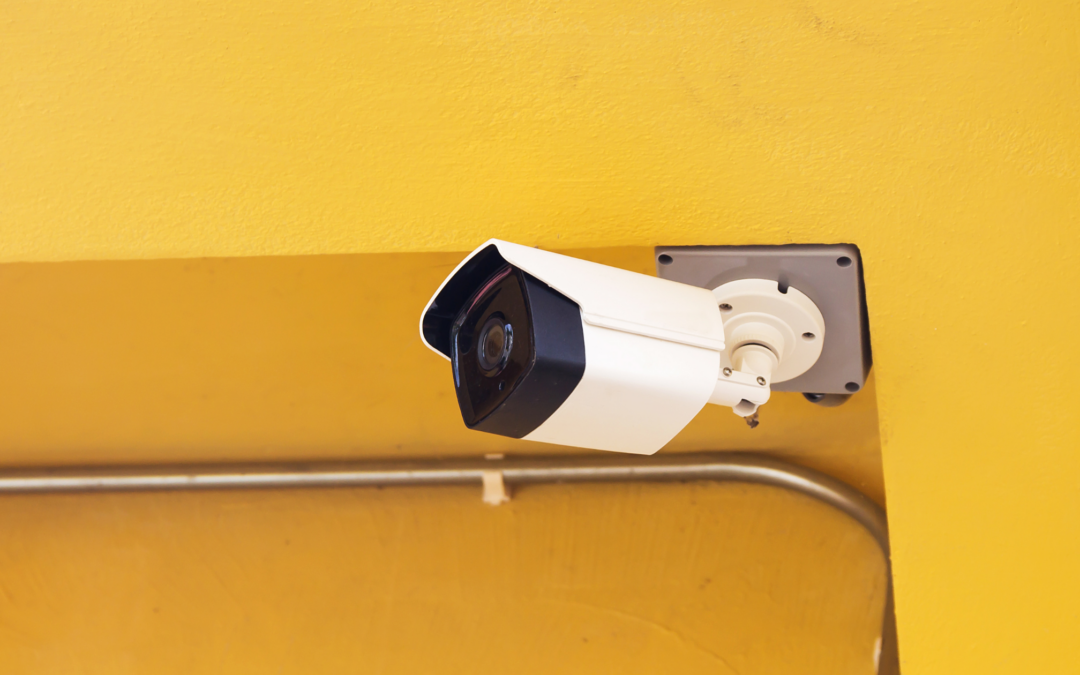Sustainability is top of mind for many of us these days. Whether we’re hearing about plastic pollution or warming trends, we all want to know what we can do to create more sustainable lives for ourselves and those around us. This is driving innovation in every industry, physical security included.
Here, we look more closely at the role future-forward physical security solutions will (and are already) playing in creating a more sustainable world:
The Role of Intelligent and Integrated Security Solutions
Surveillance cameras and sensors have historically served two simple purposes: monitor areas and detect threats. This has proven effective at keeping us safe, but there are yet still untapped ways they may empower us to increase sustainability:
- Tracking air pollution can help us proactively identify trends and problems.
- Early warnings for environmental hazards or disasters can enable us to respond in more effective ways.
- Keeping an eye on activities like unauthorized waste dumping can allow to identify patterns.
Employing these types of tools and ongoing measurements means we can respond to situations based on data-driven insight rather than gut intuition and craft approaches to meet our sustainability goals.
3 Real-World Use Cases: Transit, Agriculture, and Infrastructure
To read about each of these in greater detail, check out this article from Axis.
Transit: Using Sensors to Tackle Gridlock
We’ll focus on something most deal with on a daily basis—traffic. Imagine an intersection with a network of overwatch and ground level security cameras and sensors, each of which is able to collect different types of data:
- Detecting Incidents: Rather than relying on drivers to report road conditions or accidents, cameras can offer real-time insights on congestion, hazards, and more.
- Recognizing Licence Plates: The applications of this feature are numerous, from access control to vehicle alerts, parking management, and more.
- Collecting Data: Today, we use tools like magnetic sensors to count vehicles and track traffic density. Intelligent cameras can give us the same information and more.
While those are all neat uses on their own, they can also have a direct impact on sustainability—giving drivers and transit operators the information they need to reduce their transit time and, by extension, their carbon footprint.
Agriculture: Reducing Water Wastage with Smart Cameras and Sensors
Although 69% of the world’s freshwater is extracted for use in agriculture, the majority of it is still wasted by inefficiencies. So how do we change this? One approach is to use thermal imaging and visible light network cameras to monitor foliage and soil health as well as crop leaf temperature so automatic watering systems can better regulate how and when they are used.
Infrastructure: Cutting Energy Consumption with Light-Sensitive Cameras
Rock Hill School District in South Carolina was looking for a way to both improve safety at their schools and reduce their carbon footprint. To do this, they chose Axis’ Lightfinder technology, which gives cameras the ability to capture, process, and send high-res images even in low-light environments (below 0.18 lux) and differentiate people from moving objects.
The result: security personnel are better able to maintain a high degree of security in traditionally less-than-optimal conditions, and Rock Hill School District is able to keep their lights and energy consumption low.
Why You Need Integrated Security Solutions
We haven’t yet reached the point where sensors are a part of our everyday lives, but when we do you need to make sure you’re prepared for it—and that means having an integrated security infrastructure capable of meeting your needs today and into the future.
Activo integrates security systems that include a variety of elements so that all of your critical security information is available as part of a singular infrastructure. Contact us today to learn more!
Read more from Activo:











